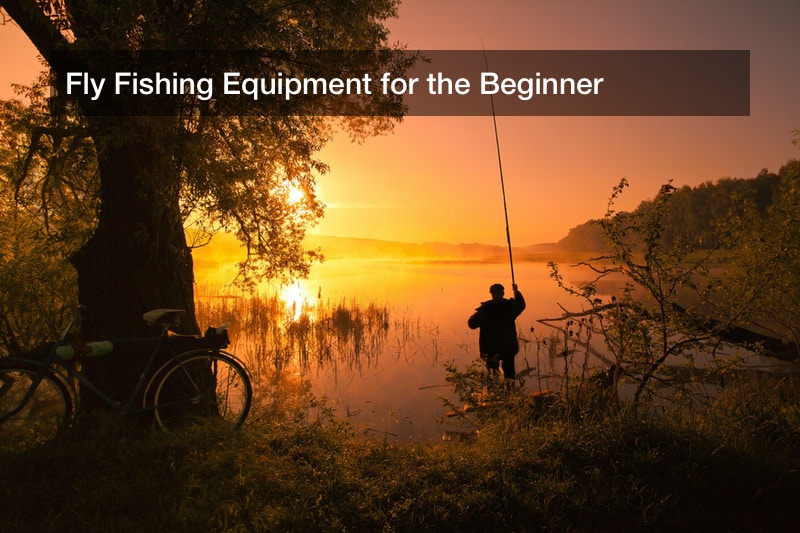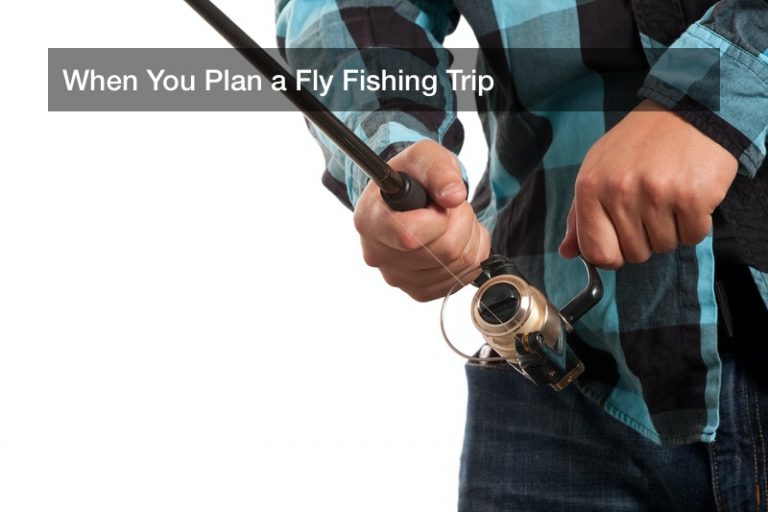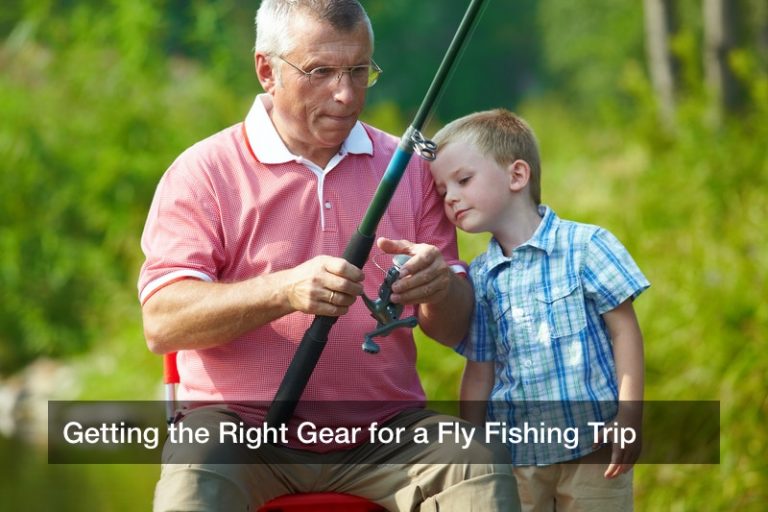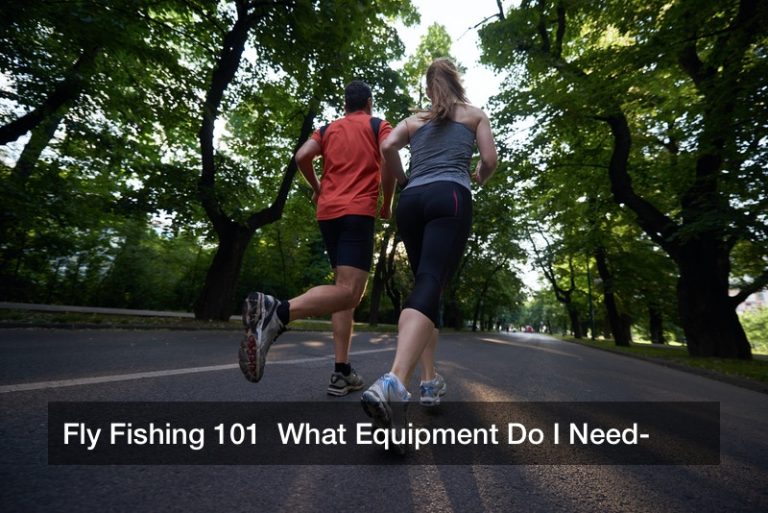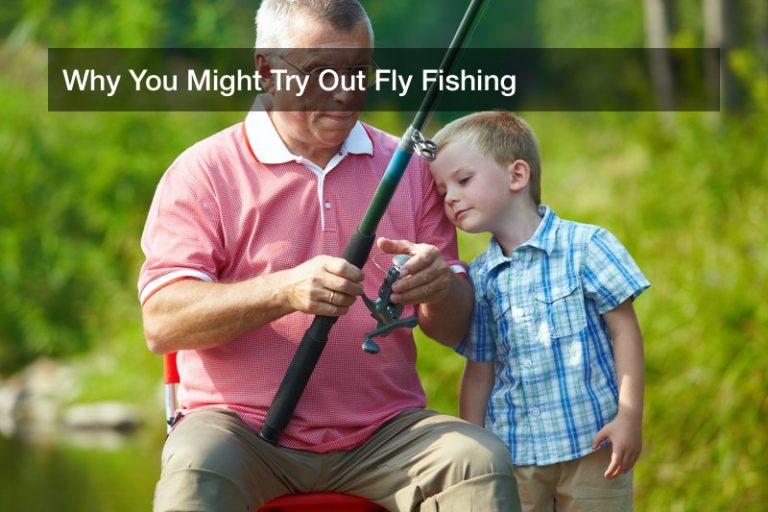
“Many go fishing all their lives without knowing it is not fish they are after.”
Henry David Thoreau, the 19th century writer of Walden and the essay “Civil Disobedience,” was an avid fisherman. He often went on fishing trips throughout the northeast, with a man named William Channing accompanying him.
His quote seems to highlight the metaphysical and existential components of fishing, which draw many to the activity. Some statistics are:
- An estimated 52 million people went fishing in 2017
- More than 60% of recreational fishing participants in 2017 were under 45
- In 2018, 20% of respondents between 18 and 29 years old said they went fishing in the past 12 months
Within fishing, there is a specialized category called fly fishing. It involves certain equipment: a fly rod, a reel, nippers, a vest and pouch, footwear (for wading into streams), waders, and fly fishing tackle bags.
Beginners may feel intimated by the amount of equipment, which may be much larger than a traditional fishing trip. This article is here to explain and elaborate on the necessities you need to get started in fly fishing.
The Rod
The rod is the most important piece of equipment to consider when starting fly fishing. They come in different lengths and different weights, and the lengths determine the length of your cast, how far it can reach.
Sometimes, a shorter length is more helpful for a nearby fish. A longer length, while reaching further, can cause the fish to bolt if the fly passes over the top of the fish.
For beginners, it is recommended to start with an all-around rod; after, if the beginner continues the sport, they can choose more specialized rods for specific situations.
The most common length sold is 9′, which is good for all-around fly fishing, and the weight that most agree is best for trout fishing and for general fresh water fishing is 5wt. A 9′ 5wt rod is listed as being the best choice for new fly fishers.
The Fly Reel
The reel should be purchased after the rod. There are certain things that need to be considered. The first is the weight.
Like the rod, the reel has weight. The key is matching the weight of the reel with the weight of the rod. If you have a 5wt rod, you’ll need a reed that is 4-6wt. This allows the reed-rod combination to function.
The second thing to be considered is the drag. The drag is what draws a fish in after it has been hooked. The essential “reel.” A weak drag can allow a fish to escape and will struggle to hold onto fish swimming away at a face pace. A strong drag reels them.
The third thing to consider is the price. Not all reels are made equal but it’s possible to get a serviceable reel for a much lower price than the high-end models. Go with your budget and find something that suits your needs; it can always be updated.
Odds and Ends
The first category in odds and ends is the wear, which includes the footwear, the clothes, and the waders. For footwear, you’ll want boots that allow you to trample through the woods. Clothes work best if they are earthy tones, like brown and green. It is possible to scare the fish away with brightly-colored clothing.
Waders come in two general types: stockingfoot and bootfoot. The bootfoot has a simplicity, as it acts essentially like a rubber boot. However, the stockingfoot provides more ankle support.
Fly fishing tackles come in many shapes and sizes, colors and textures. They are designed to mimic fish, which gets other fish to approach. When selecting a fly fishing tackle, it’s important to consider what fish you’re looking to catch and what will attract that fish.
Fly fishing tackles can be stored in fly fishing tackle bags. These fly fishing tackle bags come, like the tackles themselves, in many different shapes and sizes. If you’re looking for fly fishing tackle bags, consider something that is durable that can weather the elements and one with enough space to handle your current and future needs.
Those are the initial pieces of equipment a beginner needs to start fly fishing, and to start the general quest that Thoreau himself was one, a betterment of self through a relationship with nature.
